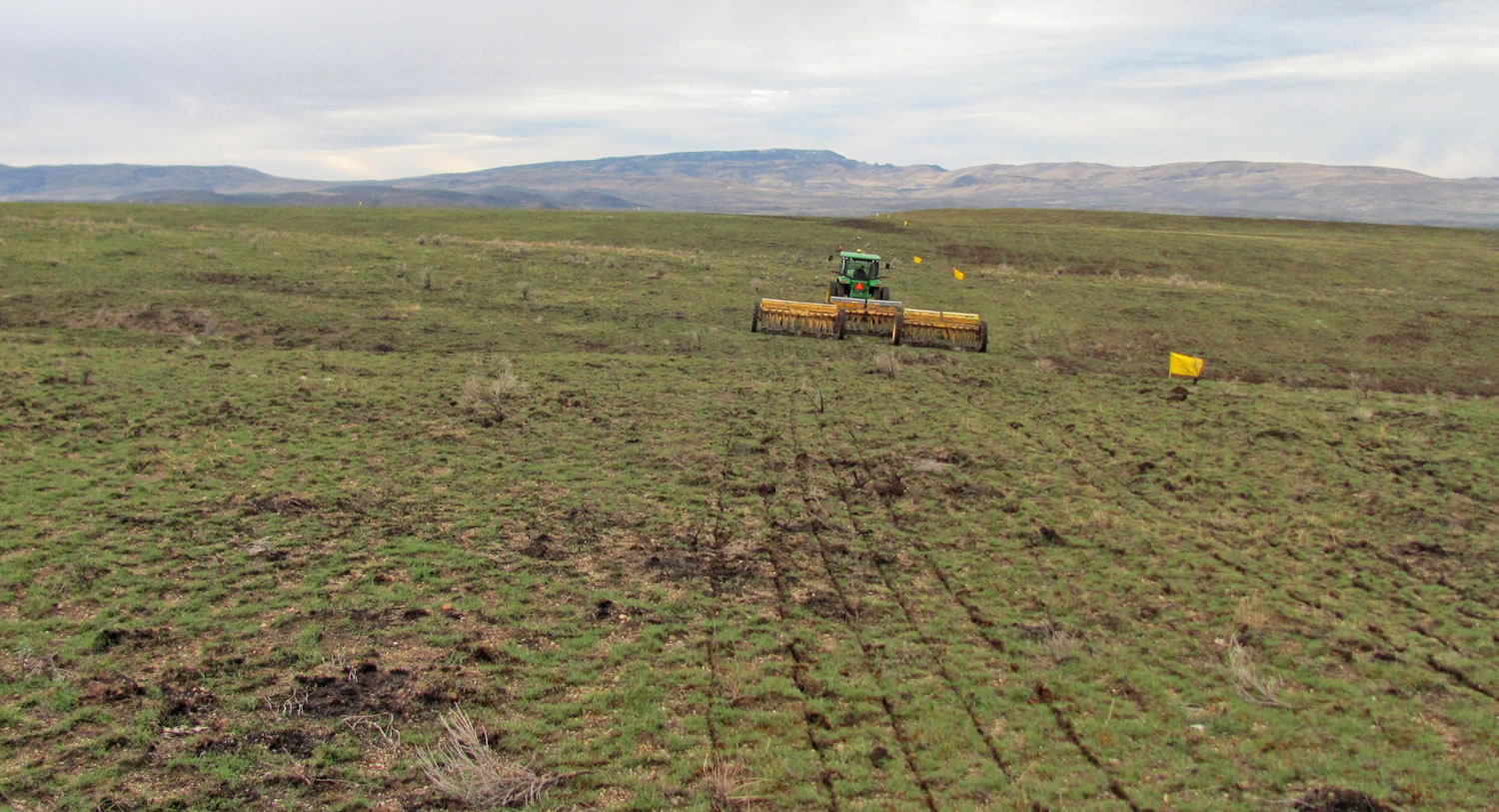BOISE, Idaho — A year after Interior Secretary Sally Jewell shifted the national approach to fighting wildfires across a wide swath of sagebrush country in the West, her strategy is turning out to be one of the most significant federal land policy changes in some 80 years, public land experts, outdoor enthusiasts and scientists say.
The five-page order she issued last January directed federal resources for the first time to fight massive blazes in open sagebrush steppe habitat that supports cattle ranching, recreation and some 350 species of wildlife, including the imperiled sage grouse.
“It is one of the most imperiled ecosystems in the United States,” said Janice Schneider, the Interior Department’s assistant secretary for Land and Minerals Management.
Firefighting officials say Jewell’s order led more of the nation’s firefighting resources to respond to blazes in Great Basin sagebrush steppe last year, when the U.S. experienced one of its worst wildfire seasons, with nearly 16,000 square miles burned. Experts say her strategy helped extinguish several smaller fires, though one giant blaze scorched sagebrush steppe in portions of Idaho and Oregon.
Many ranchers have embraced the order despite wariness and sometimes anger with federal oversight, displayed in the armed occupation of a federal wildlife preserve in Oregon. The small group who took over the Malheur National Wildlife Refuge more than three weeks ago says the government has no authority to enforce federal grazing contracts with ranchers.
Ranchers backing Jewell’s order have formed Rangeland Fire Protections Associations, teaming up with federal firefighters to stop small fires from exploding and charring forage needed by cattle.
“We know that a healthy ecosystem and healthy economy is inextricably linked,” said Schneider, who helped organize the collaboration between federal and state officials, scientists and ranchers to carry out the order.
It calls for a “science-based” approach to safeguard greater sage grouse while contending with fires that have been especially destructive in the Great Basin region of Idaho, Utah, Nevada, Oregon and California. The bird did not receive federal protections under the Endangered Species Act amid efforts to save it.
Many fire rehabilitation efforts have failed in previous decades because federal officials planted the wrong species of the similar-looking sagebrush. Jewell’s plan aims to solve that problem by using local seeds or seeds from the correct species found at similar elevations and growing conditions.
The order led to the biggest change for sagebrush steppe since the Taylor Grazing Act of the 1930s, which sought to stop overgrazing on public lands, said U.S. Geological Survey research ecologist Matt Germino, who specializes in sagebrush ecosystems.
“The initiatives that are underway — preserving the good habitat and restoring the bad habitat — that’s unprecedented,” he said.
One large sagebrush fire formed in Southwestern Idaho and Eastern Oregon last summer, consuming some 436 square miles, fueled mainly by invasive cheatgrass. Jewell’s order includes plans to fight cheatgrass and restoration work for burned sagebrush areas, and $67 million is being spent to rehabilitate the burned area.
“You can see what they’re doing on the Soda Fire right now and the commitment of resources in order to get the job done,” said Idaho Gov. C.L. “Butch” Otter, a Republican who often bashes federal decision-makers but supports Jewell’s order.
Heading into last year’s wildfire season, it wasn’t clear how an order from the Interior Department would play out with the U.S. Forest Service, which is within a different department and responsible for protecting national forests. It also has the most firefighters and contracts all the large air tankers.



